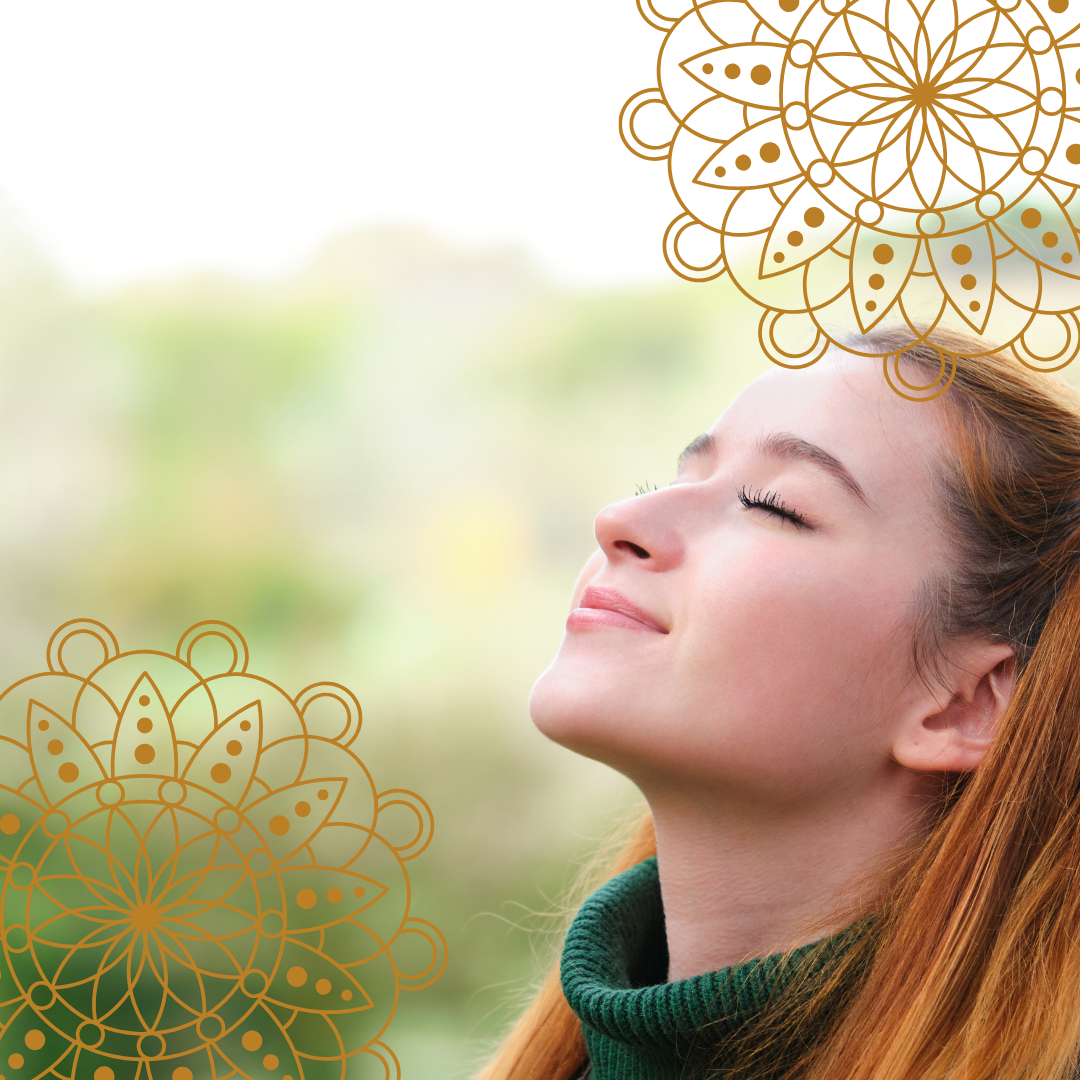Ayurveda & Yoga ,Today's Therapist January/February 2005 - Issue 32

Yoga is an extraordinary science of self realization and development and teaches us to develop our innate special qualities. It consists of physical postures, breathing exercises, meditation and relaxation. Ayurveda is the traditional medicine from India which believes in holistic approach towards life encompassing body, mind and spirit. Ayurvedic treatments involve establishing an individual's unique constitution and the nature of the imbalance and then seeking to return the individual's body to a state of healthy balance.
Ayurvedic treatments consist of the use of:
- Specialist massages using herb-infused massage oils
- Herbs and herbal remedies according to the individual constitution and imbalance
- Nutritional advice tailored to bring balance to a person's individual constitution
- Advice on lifestyle habits
- Specially selected Yoga exercises and practices for each constitution
Ayurveda sees everything in the universe, including human beings, as composed of five basic elements: space, air, fire, water and earth. These five elements in turn combine with each other to give rise to three bio-physical forces (or Doshas) � Vata (air & space), Pitta (fire & water) and Kapha (water & earth). Every individual has within them all three bio-physical forces, but it is the dominance of any one or two or all three that makes up a person's individual constitution. Dosha is an Ayurvedic phrase that describes our individual characteristics like the body frame, hair and eye colour, digestion, sleep along with emotional state of mind. The basic constitution is determined at birth and is called Prakriti.
Ayurveda believes in treating the root cause of a disease rather than just the symptoms. It views illness as caused by an imbalance in a person's physical or mental constitution and therefore seeks to gently bring a person's body and mind back into a healthy balance. Ayurveda is not just for people who are ill but also for healthy individuals, because the use of Ayurvedic techniques maintains good health. Ayurveda emphasises and suggest particular Asanas or Yoga positions according to the unique constitution. According to Ayurveda we must follow a particular exercise routine that suits our unique constitution to maintain good health.
Rather than applying its methods to differentiate and categorize individuals, Ayurveda aims at understanding each individual as a whole entity. The more we understand our Prakriti, or basic individual constitution, the easier it is to fulfill the goal and achieve physical and mental health.
- Yoga and Ayurveda have always been an integral part of each other. Yoga has been around in the west for a long time and every one has an idea of its practices. Ayurveda is a recent arrival in the western world closely following the steps of Yoga. During the past few years, Ayurveda has gained a huge recognition in the fields of alternative and complementary medicine emerging as one of the important systems in "mind, body and spirit" medicine.
- Yoga has been classically taught basing on the terminologies of Ayurveda especially while explaining the physical effects and benefits of various positions or asanas. On the other hand Ayurveda takes help from Yoga to explain the healing practices and holistic approach to life. Both Yoga and Ayurveda teach us to live according to our unique constitution.
- The use of Ayurveda in Yoga is of great meaning.
- Firstly by providing us with a comprehensive method to maintain good health through correct diet, exercise (Yoga asana) and lifestyle, Yoga and Ayurveda help to eliminate the imbalance.
- Secondly, it provides us with a method to understand different constitutional types of people. This helps us to adjust Yoga practices according to the individual.
- Thirdly, it provides us with a clear system to maintain harmony in our body.
- Many practitioners of Yoga are tense, stressed, or have health problems. This indicates the failure of a person to follow the comprehensive understanding of Yoga which includes Ayurveda. Asanas or physical positions are sometimes not sufficient to maintain balance in the body. A hectic and stressful life needs the use of Ayurveda to supplement our physical practice of Asana. The Asanas works on the body and mind through physical positions and breath awareness. Following a diet and lifestyle that compliments our constitution brings further balance in our life.
- Yoga and Ayurveda go hand in hand and are the ancient life disciplines that have been practiced in India for a very long time.
- Yoga is the science of union with the Divine or with Truth, and Ayurveda is the science of life.
- Ayurveda is the healing side of Yoga, and Yoga is the spiritual tradition from which Ayurveda emerged.
- Through Yoga one prepares for a healthy mind and through Ayurveda one prepares for a healthy body.
- Yoga helps with enlightenment and Ayurveda helps with perfect health.
Hence a Yoga practitioner who does not practice Ayurveda is half - Yogi and an Ayurvedic physician who does not integrate Yoga in his practice is half- physician. The aim of Yoga is union with higher self, but you can achieve this only when you have a healthy body and a healthy mind. Therefore Ayurveda and Yoga are the foundations of life. They are two sides on the same coin. Asana (physical exercises), pranayama (breathing exercises), relaxation and meditation are some of the best suggestions in Ayurveda
The practices of Yoga and Ayurveda are so closely related that it is hard to imagine following one without knowledge of the other. Using the wisdom of Ayurveda, a Yoga practitioner can choose asanas (postures), pranayama (breathing practices) and mantra (sacred sounds) specific to his or her unique constitution in order to maintain health. The Ayurvedic practitioner prescribes specific Yoga practices and positions to prevent illness and assist the healing process.
Hence, one can say that the practice of Yoga without Ayurveda and vise versa is like standing on one leg. Why not take full advantage of both legs when one can and enjoy the full benefits of what life provides to us through Ayurveda and Yoga.






